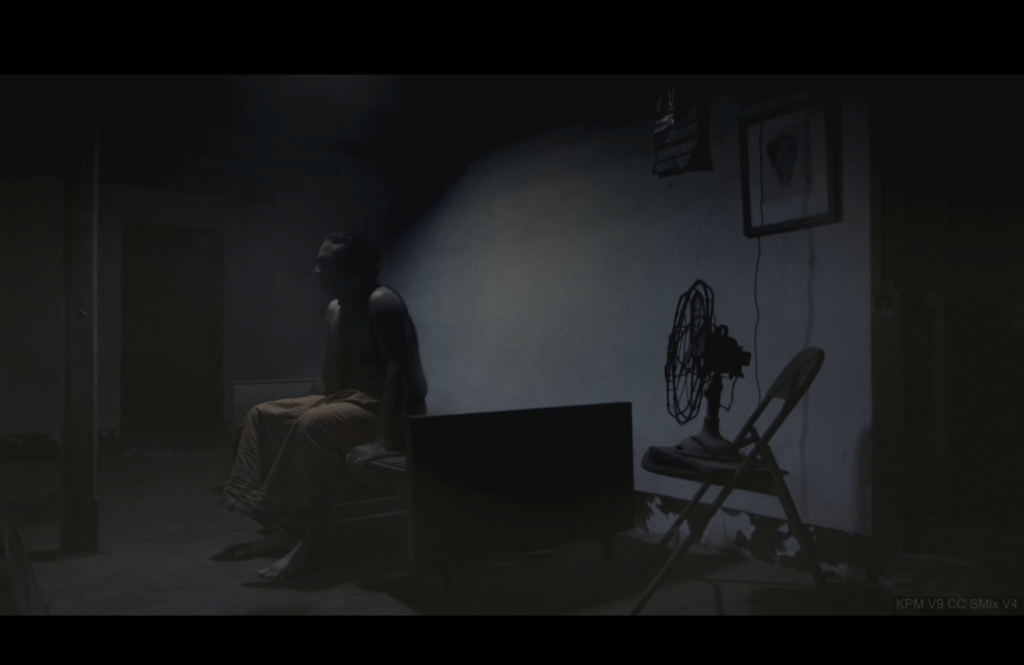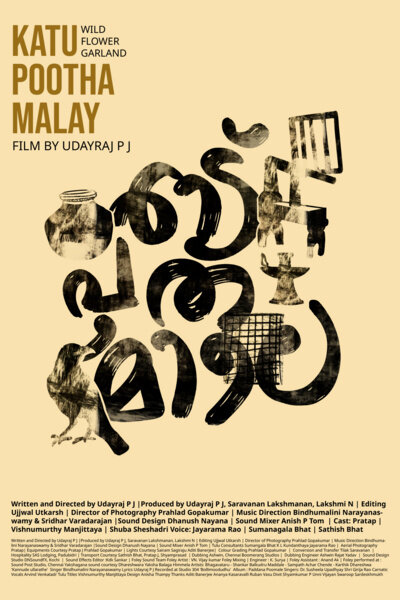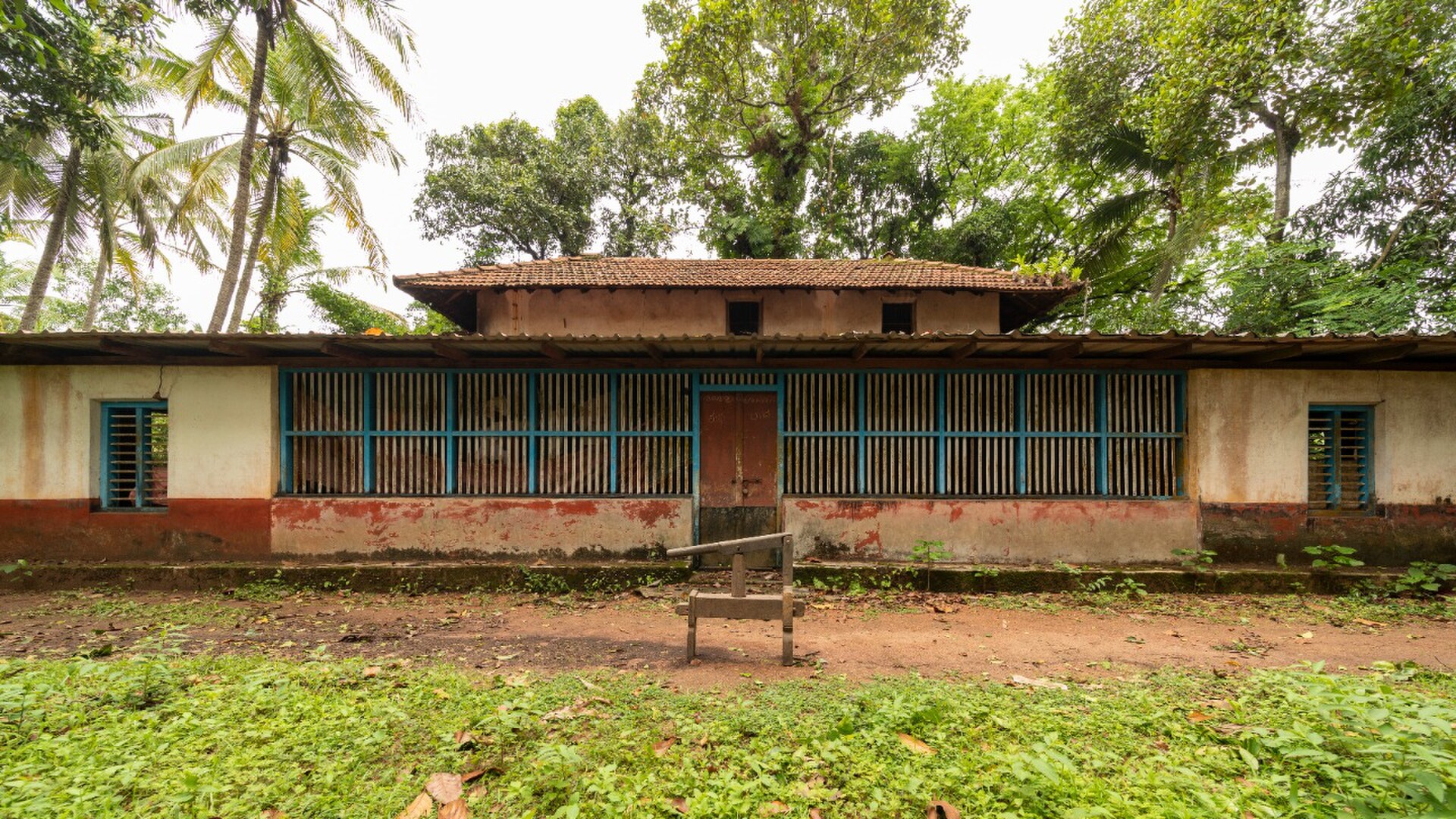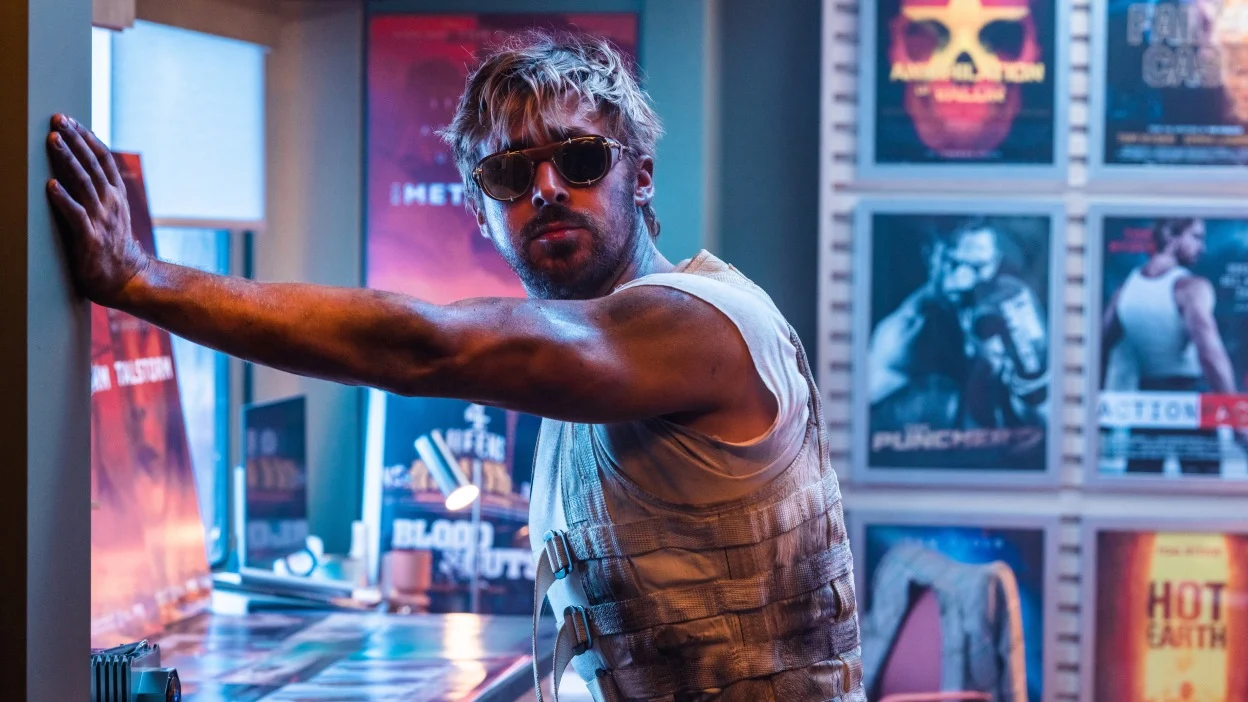Udayraj PJ’s debut feature film, Katu Pootha Malay (Wild Flower Garland, 2024), is in Tulu, experiments with voice-over narration and visuals, and intertwines both of them to create a structure where logic and meanings are culturally coded. It is a film that mines deep seams of memory to create a hybrid that intrinsically combines documentary-like aesthetics with prose-like narration. How the characters act each time that they have to confront challenges or how they solve their quandaries are not the narrative necessities that the film is interested in dealing with. Instead, we get more of a slice of the on-goings here and there while following the film’s central character, which is the house itself. At times, the scenes rapidly move from one scene or location to another, trying to give us the most teasing bits and pieces to keep us engrossed in the story. The layered storylines of each of the characters are rooted in nostalgia and become the primary structural devices to navigate the landscapes and spaces surrounding the Mallet house. The filmmaker imbues the story with an iconographic sense of obscurity and mystique, which adds a harmonic quality. The subtext of the film resides in its philosophical and psychological perspective, enhanced by humorous dialogues, which serve as an emotional excavation and reanimation of how memories shape our future.
Katu Pootha Malay is narrated from the perspective of a narrator who descends from the sky to take a retrospective tour of the Padubidri village in Udupi town. It is a region where the village folks use nicknames to identify houses. The narrator fixes his attention on one of the houses, which is called Mallet House because stories from that particular abode hover over his head. The grandson of that house, Hari, has returned to perform some rituals. We are then informed about Sharadama from Palimar, who was good with all the household chores and farm work. Her marriage to Anaantharama Rao was so grand that people still talk about it. Anantharama owned a restaurant in the town. It was a popular food for onion fritters, and people listened to the radio playing various programs throughout the day. He loved freedom fighters a lot, and one day, when he shook hands with Indira Gandhi, Sharadama became very angry with him. Sharadama gave birth to six daughters, and all of them became very good cooks. As the narrator continues his tale, more characters are introduced in the film, and the interconnection between them forms the bedrock upon which the structure of the film is constructed.

One of the most striking aspects of Katu Pootha Malay is that it resists any restrictive categorization. It is extremely easy to label it with dismissive tags like an experimental or avant-garde film and so on and so forth. But on close observation, Udayraj’s vision is irresistibly elusive, constantly shifting between various characters and their situations, as is the brilliance of the voice-over narration. Through a non-linear narrative and loosely connected vignettes of nostalgia, he paints a compelling portrait of a house that was once bustling with people and their histories. The narrative is also deeply rooted in mythology and highlights aspects that are vivid, conflicting, significant, trivial, forward-thinking, and backward, all in one. It’s like a collage or a kaleidoscope, both jarring and smooth. It creates meaning only in fragments and challenges it partially too. In one of the scenes, Sharadama gets enchanted by a deer, and Anantharama goes to hunt it. When he does not return, his brother goes in search of him. Before leaving, he draws a line and tells his sister-in-law not to cross it. Later, a beggar appears, who is soon revealed to be the mythological figure of Ravana. But unlike the events of the Ramayana, here Sharadama is too wise to be abducted by him. Such references exemplify that the filmmaker is teeming with ideas to explore an innovative style through mythology and focuses on continually refining his aesthetic throughout the film. Thus, the storytelling approach defies typical cinematic norms. It forms a sort of anti-cinema by completely avoiding conventional narrative elements. This becomes evident in the scene when Satish, Sharadama’s in-law grandson, becomes an off-screen narrator. He informs us how he saved Sharadama’s life when she mistakenly touched a loose wire and got an electric shock.

The reliance of the film on voice-over narration makes it akin to the oral tradition of storytelling popular in Indian culture. It provides the film with a sensory experience and a sense of inwardness. Most of the scenes in the film do not flow linearly and seem to be weaving a variety of flowers into a thread of garland. It gives the film a strained texture. But it’s hardly a rule that binds the film. In fact, the film is unfettered, constantly sifting from one narrative point to the next. The editing by Ujjwaal Utkarsh binds the film with a stable rhythm that underscores its inherent lyricism. The juxtaposition of the scenes abandons chronology, moving backward and forward in time, often revisiting the Mallet house several times with a new incident. The cinematography by Prahlad Gopakumar is primarily composed of static shots that are defined by a style that illustrates the harmony in the film. Each of the film’s shots is composed with a sense of dignity, bringing grace to the quotidian activities of life that become the building blocks of the narrative. The sound design by Dhanush Nayanar is imaginatively designed, and the conceptual use of location sounds depicts the crumbling heritage of a house once teaming with family members.
Katu Pootha Malay challenges tried-and-tested storytelling techniques and explores complex themes and ideas through a simplified form of storytelling. The filmmakers’ reluctance to provide explanations can pose a challenge, requiring patience and careful attention from those watching it. It’s a unique independent film that insists on being approached and experienced on its own terms, ideally in the best possible conditions. It is a promising first attempt by a director to tackle the tale of a family and its legacy, in which form and content merge into one.
Katu Pootha Malay had its world premiere at the Moscow International Film Festival on April 21, 2024.




A good attempt by Dipankar, nevertheless the proof of the pudding is in actually eating it. Therefore unless I have actually seen the film, I refuse to be influenced by his persuasive writing!!!